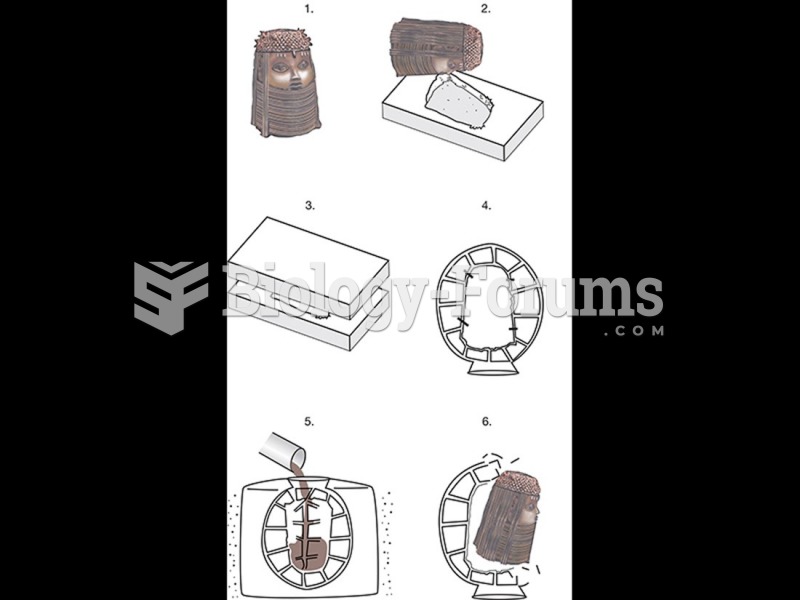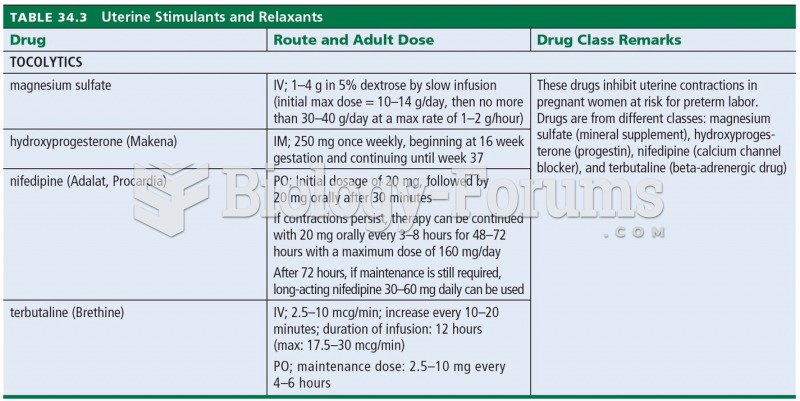This topic contains a solution. Click here to go to the answer
|
|
|
Did you know?
About 80% of major fungal systemic infections are due to Candida albicans. Another form, Candida peritonitis, occurs most often in postoperative patients. A rare disease, Candida meningitis, may follow leukemia, kidney transplant, other immunosuppressed factors, or when suffering from Candida septicemia.
Did you know?
Excessive alcohol use costs the country approximately $235 billion every year.
Did you know?
Famous people who died from poisoning or drug overdose include, Adolf Hitler, Socrates, Juan Ponce de Leon, Marilyn Monroe, Judy Garland, and John Belushi.
Did you know?
There are more sensory neurons in the tongue than in any other part of the body.
Did you know?
Medication errors are three times higher among children and infants than with adults.







